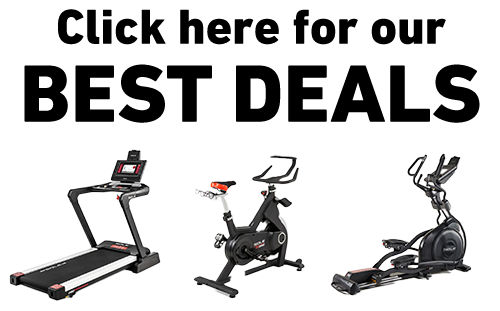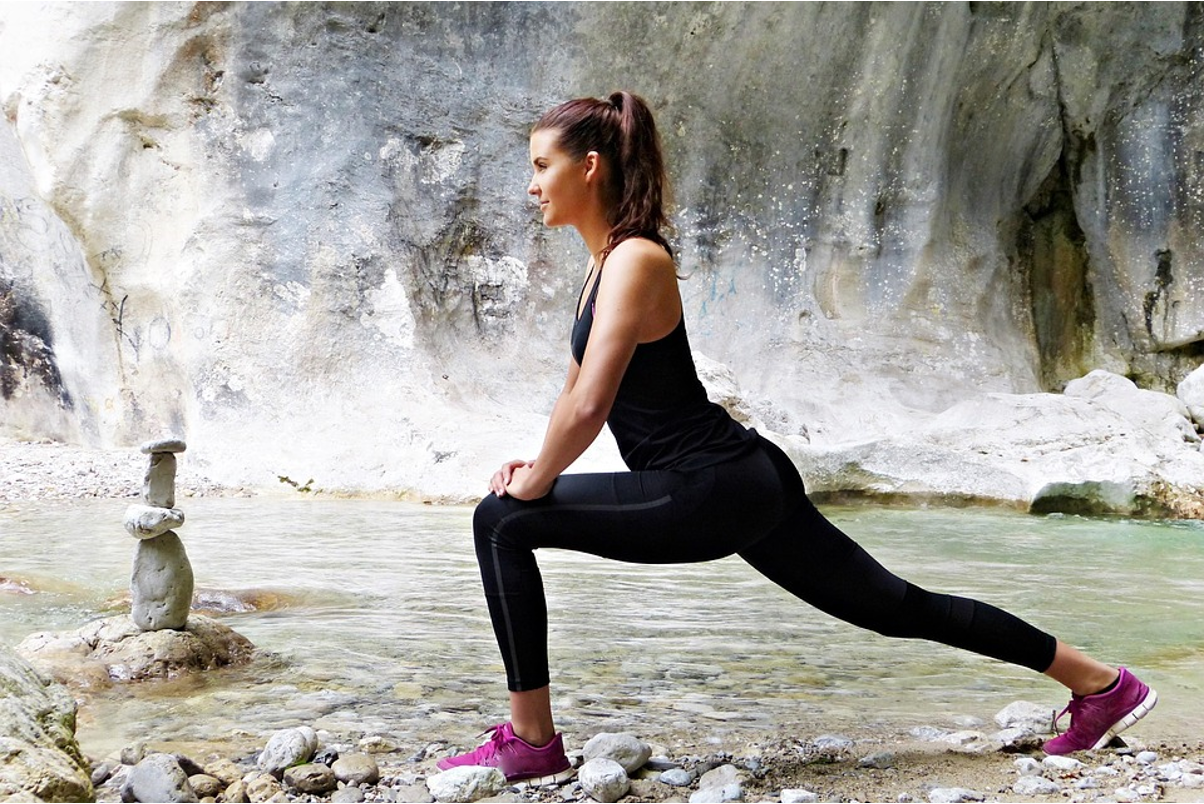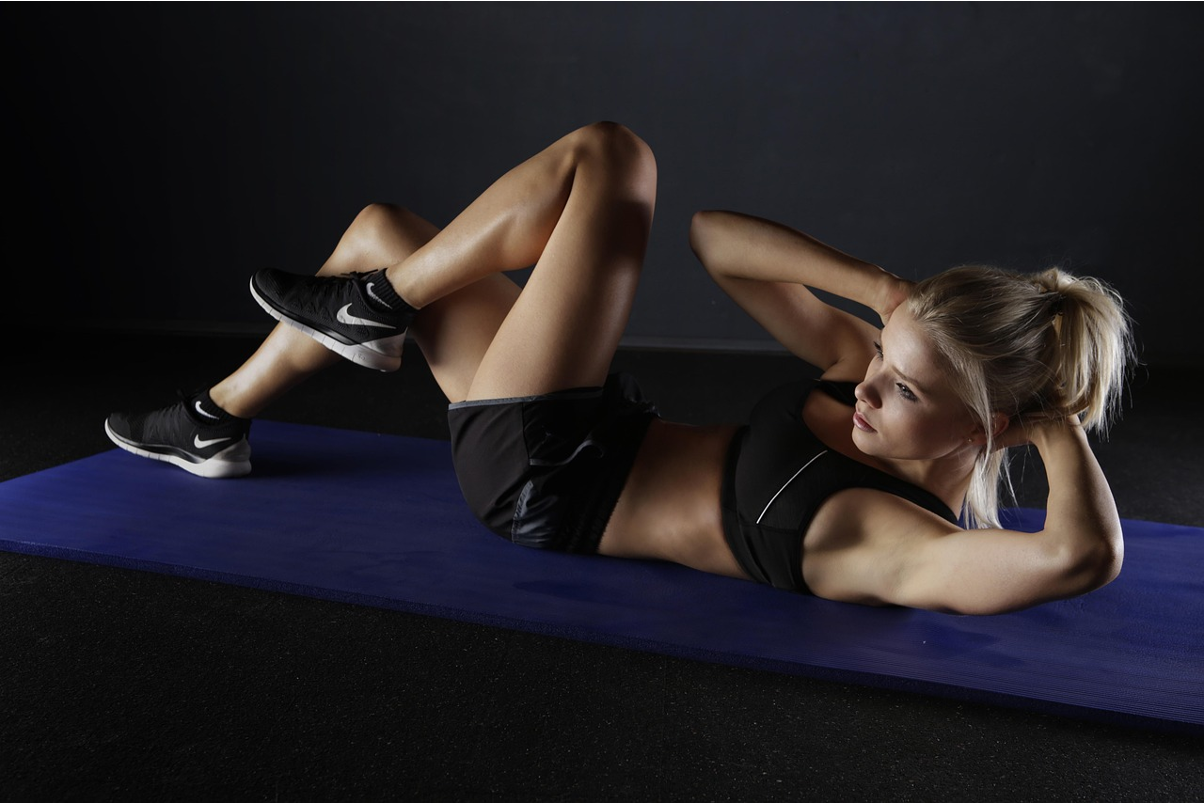Key Takeaways
- Calisthenics uses only your bodyweight, making it perfect for beginners to start their fitness journey without expensive equipment or gym memberships.
- A well-rounded beginner calisthenics routine targets all major muscle groups through simple movements like push-ups, squats, and planks.
- Consistent practice of calisthenics can improve strength, flexibility, and coordination while reducing injury risk compared to heavy weight training.
- The progressive 4-week plan helps beginners gradually build strength and endurance without overwhelming their bodies or risking burnout.
- SOLE's Equipment Mat provides the essential cushioned surface needed for safe floor-based calisthenics exercises while protecting joints and maintaining stability during bodyweight movements.
Calisthenics: The Perfect Starting Point for Fitness Beginners
Starting a fitness journey can feel overwhelming, but calisthenics, that is, exercises using only your bodyweight, offer an accessible entry point for beginners. These movements build functional strength that translates to everyday activities while improving flexibility, coordination, and body awareness.
These exercises can be performed anywhere, from your living room to a park or even a hotel room when travelling, therefore eliminating common barriers like gym access or equipment costs.
What makes calisthenics particularly beginner-friendly is its scalability. Each exercise can be modified to match your current fitness level, allowing you to progress at your own pace without intimidation.
As you build strength and confidence, you can gradually increase difficulty through variations rather than adding external weight, reducing injury risk while still challenging your muscles.
|
Premium Home Gym Equipment with Award-Winning Quality! Complete Your Home Gym:
Why Choose SOLE: ✓ Commercial-grade quality for home use 30-Day Money-Back Guarantee: Love it or return it, no questions asked. |
8 Essential Calisthenics Exercises for Beginners
1. Push-Ups: Upper Body Builder
Push-ups are the cornerstone of upper body strength development, primarily targeting your chest, shoulders, and triceps while engaging your core for stability.

For beginners, wall push-ups or knee push-ups provide excellent modifications.
Start with your hands slightly wider than shoulder-width apart, lower your chest toward the ground with elbows at about a 45-degree angle from your body, then push back up while maintaining a straight line from head to heels (or knees). Focus on perfect form rather than quantity—aim for 5–10 controlled repetitions initially.
2. Squats: Lower Body Power
The squat works your quadriceps, hamstrings, and glutes simultaneously. Stand with feet shoulder-width apart, toes pointing slightly outward. Keep your chest up and core engaged as you bend your knees and push your hips back as if sitting in a chair.
Lower until your thighs are parallel to the ground (or as far as comfortable), then push through your heels to return to standing. Focus on keeping your knees tracking over your toes without collapsing inward. Start with 10–12 repetitions, resting as needed.
3. Lunges: Single-Leg Strength
Lunges build lower body strength while improving balance and stability. Begin standing with feet hip-width apart. Step forward with one leg and lower your body until both knees are bent at approximately 90-degree angles. Your front knee should be directly above your ankle.
Push through the front heel to return to the starting position, then repeat with the opposite leg. If balance is challenging, try stationary lunges or hold onto a wall for support. Start with 6–8 repetitions per leg.
4. Plank: Core Stability Champion
The plank builds core strength and stability. Begin in a push-up position, but rest your weight on your forearms instead of your hands. Your elbows should be directly beneath your shoulders. Keep your body in a straight line from head to heels, engaging your core.
Focus on preventing your hips from sagging or rising too high. Start with 15–20 second holds and gradually increase. If a full plank is too challenging, modify it by performing it with knees on the ground.
5. Mountain Climbers: Cardio and Core Combo
Mountain climbers blend cardiovascular training with core strengthening. Begin in a push-up position with arms straight. Keeping your core tight, quickly bring one knee toward your chest, then return it as you simultaneously bring the opposite knee forward.
Start with a slow, controlled pace, focusing on maintaining a stable core. Aim for 20–30 seconds of continuous movement. Modify by slowing the pace or elevating your hands on a bench to reduce intensity.
6. Glute Bridges: Posterior Chain Activator
Glute bridges strengthen your posterior chain—glutes, hamstrings, and lower back. Lie on your back with knees bent and feet flat on the floor hip-width apart. Press through your heels to lift your hips toward the ceiling until your body forms a straight line from shoulders to knees.
Squeeze your glutes at the top, then slowly lower back to the starting position. This exercise is particularly valuable for counteracting the effects of prolonged sitting.
7. Chair Dips: Triceps Toner
Chair dips effectively target your triceps while engaging your shoulders and chest. Sit on the edge of a sturdy chair with your hands gripping the edge beside your hips. Slide your buttocks off the chair with legs extended in front of you.
Lower your body by bending your elbows until they reach a 90-degree angle, then push back up. For beginners, keep knees bent with feet flat on the floor to reduce resistance. Start with 8–10 controlled repetitions.
8. Superman: Back Strengthener
The Superman exercise strengthens your entire posterior chain, particularly your lower back. Lie face down with arms extended overhead and legs straight. Simultaneously lift your arms, chest, and legs off the ground, creating a gentle arc with your body.
Hold for 2–3 seconds while squeezing your lower back muscles, then return to the starting position. Start with 8–10 repetitions, focusing on controlled movements rather than height.
Your 4-Week Beginner Calisthenics Plan

Consistency trumps intensity when starting your fitness journey.
This 4-week plan gradually increases difficulty to build strength and endurance without overwhelming your body. Perform these workouts 3 times per week with at least one rest day between sessions.
Before each workout, warm up with 5 minutes of light movement (marching in place, arm circles) followed by dynamic stretches. After your workout, cool down with 5 minutes of static stretching, holding each stretch for 20–30 seconds.
Week 1: Foundation Building
Focus on learning proper form and building a foundation of strength. Perform 2 sets of each exercise with 60–90 seconds of rest between sets:
- 5–8 knee push-ups
- 10 supported squats
- 6 lunges per leg
- 15-second planks
- 20 seconds of slow mountain climbers
- 10 glute bridges
- 8 chair dips
- 8 Supermans
Concentrate on feeling the right muscles working during each exercise. If you feel excessive fatigue or form breaking down, take additional rest between exercises.
Week 2: Increasing Repetitions
Build on your foundation by increasing volume. Perform 2–3 sets with the same rest periods:
- 8–10 knee push-ups (try regular push-ups if ready)
- 12 squats with less support
- 8 lunges per leg
- 20-second planks
- 25 seconds of mountain climbers
- 12 glute bridges
- 10 chair dips
- 10 Supermans
You should feel more comfortable with the movements, allowing you to focus on engaging target muscles more effectively.
Week 3: Adding Difficulty
This week introduces slight variations to challenge your progressing strength. Perform 3 sets of:
- 10–12 push-ups (regular or modified)
- 15 squats with a 2-second pause at the bottom
- 10 lunges per leg
- 25–30 second planks
- 30 seconds of mountain climbers
- 15 glute bridges with a 1-second hold at the top
- 12 chair dips
- 12 Supermans with a longer hold
Small changes in execution dramatically increase intensity without changing the basic movements you've mastered.
Week 4: Putting It All Together
The final week combines everything into a cohesive routine. Perform 3 sets of:
- 12–15 push-ups (standard or modified)
- 15–20 squats with proper depth
- 12 lunges per leg
- 30–45 second planks
- 40 seconds of mountain climbers at moderate pace
- 15 glute bridges with a 2-second hold
- 12–15 chair dips
- 12–15 Supermans
Reduce rest periods to 45–60 seconds between sets to build endurance. By week's end, you should notice significant improvements in strength, endurance, and confidence.
Create Your Perfect Calisthenics Training Space with SOLE

SOLE's Equipment Mat transforms any space into a proper training environment, providing the joint protection and stability essential for safe bodyweight exercise progression.
Consistent calisthenics training requires a proper surface that protects your joints while providing stability for dynamic movements. SOLE Equipment Mat transforms any space into a professional training environment with superior cushioning that makes floor-based exercises comfortable and safe.
The generous 36.5" x 78" surface accommodates all calisthenics movements from push-ups and planks to mountain climbers and supermans. The non-slip backing prevents dangerous mat movement during dynamic exercises which is crucial for safety during rapid transitions between positions.
The balanced cushioning design protects wrists during push-ups, knees during modified exercises, and your entire body during floor work, while maintaining the firm surface feedback needed for proper form development.
This protection allows you to focus on movement quality rather than discomfort, essential for mastering proper technique.
The free SOLE+ App includes bodyweight workout programs that complement your calisthenics routine.
Ready to build strength safely and systematically? Check out the SOLE Equipment Mat today!
Frequently Asked Questions (FAQs)
How often should beginners do calisthenics workouts?
For beginners, 3 non-consecutive days per week is ideal for calisthenics training. This frequency provides enough stimulus to build strength and endurance while allowing adequate recovery time. Recovery is when your muscles actually grow stronger, so don't underestimate its importance.
Will calisthenics help with weight management?
Calisthenics can be effective for weight management when combined with appropriate nutrition. These exercises burn calories during workouts and build lean muscle mass, which increases your resting metabolic rate. For optimal results, pair your calisthenics routine with balanced eating habits that support your goals while providing adequate nutrition for recovery and performance.
Can I build muscle with just bodyweight exercises?
Yes, bodyweight exercises can build significant muscle, especially for beginners. The key principle is progressive overload, or continually challenging your muscles with increased difficulty. With calisthenics, this progression comes through exercise variations rather than adding external weight. As you master basic movements, you can increase difficulty by changing your leverage, increasing time under tension, or incorporating other advanced variations.
How long before I see results from calisthenics?
Most beginners notice improvements in energy levels, mood, and strength within 2–3 weeks of consistent training. Physical changes typically become apparent after 4–8 weeks, depending on your starting point, consistency, and overall lifestyle factors. Strength gains often precede visible changes, so you'll likely feel stronger before seeing dramatic physical transformations.
How does SOLE Equipment Mat enhance calisthenics training?
The SOLE Equipment Mat is essential for safe calisthenics training, providing superior cushioning that protects joints during floor-based exercises like push-ups, planks, and supermans. The balanced cushioning protects wrists, knees, and elbows during floor work while maintaining the firm surface feedback needed for proper form and stability.







Leave a comment
This site is protected by hCaptcha and the hCaptcha Privacy Policy and Terms of Service apply.